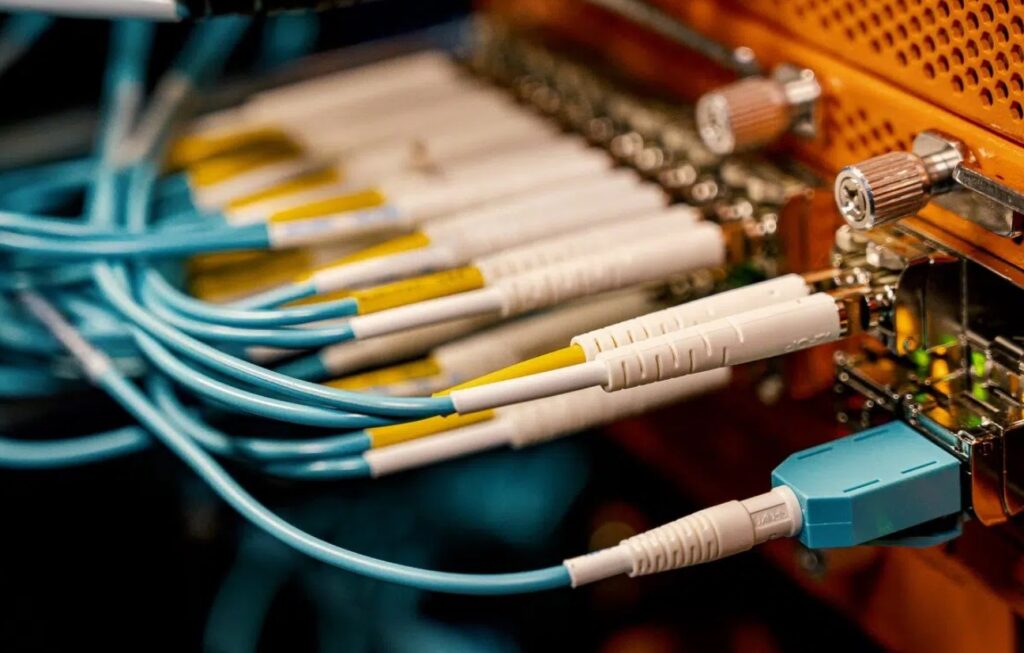Do you often find yourself asking the question, “How much do solar panels cost?” If so, you may be wondering how much it will cost you to install them and if they’re worth the money. Solar power is a very capital-intensive solution. The cost of the solar module will most likely represent the single largest component of the total expense. However, there are a number of incentives for going solar and you may qualify for tax credits, which can make it worth it to invest in solar panels.

Cost of high-efficiency solar panels
The cost of high-efficiency solar panels has dropped drastically in the past year. The decrease is due to changes in panel manufacturing technology and gains in global production. In addition, the Internal Revenue Service (IRS) and federal energy regulators recently issued some little-noticed rulings that are guaranteed to encourage more solar power generation. These rulings focus on two areas: energy storage and solar panels’ efficiency.
The cost of high-efficiency solar panels varies depending on the efficiency rating. It varies between 3000$ to 40,000$. The average cost of solar panels is 15,000$. The most efficient panels have an efficiency rating of 21% or higher. These high-efficiency panels typically have N-type cells. N-type cells have a lower degradation rate and are better suited for sites with limited mounting space.
The efficiency of solar panels is the most important factor in deciding which ones to purchase. The more efficient panels will yield more electricity. For example, 18-percent-efficient solar panels will generate 50% more electricity than 12-percent-efficient panels. Although high-efficiency solar panels are more expensive than their less efficient counterparts, some experts say that high-efficiency models will become more affordable in the next few years.
See also: How to Use Solar Panels at Home (Beginner’s Guide)
Payback period
When it comes to solar power systems, the payback period is an important factor to consider. This period will depend on several factors, including how much you use electricity each month. It will also depend on how much you’ll need to spend to install solar panels.
Payback periods vary widely, but the average is around eight years. This figure varies depending on factors like the cost of electricity, sunlight exposure, and the discount rate. This means that the payback period will vary for different people and can be as short as five years for a small system.
The payback period for solar panels is calculated based on the upfront cost and the amount of electricity used by a household. The payback period for solar systems will differ depending on the size of the system and the size of the home. The savings will accumulate over a number of years and will make it well worth the initial investment.
See also: 10 Best Solar Power Banks (For Camping & Survival)
Exemptions from tax
Depending on where you live, you may qualify for sales tax exemptions on solar panels and other components. In some cases, these benefits extend to the entire solar system, while in others only some components are exempt. In the U.S., 25 states offer tax breaks for solar systems. Sales tax exemptions are usually applied automatically at the time of purchase. You can find out if your state offers solar incentives by visiting the Database of State Incentives for Renewable Energy and Efficiency.
There are also tax breaks for going solar, both from the federal government and your state or local tax department. Going solar not only slow climate change but also lowers your electric bill and allows you to sell any excess solar power back to the grid. It can even fatten your wallet.
Tax breaks for solar installations are available to both commercial and residential properties. If you buy and install qualifying solar equipment, you’ll be eligible for a five-year tax break. The value of the exemption varies, based on the cost of the solar equipment and its installation. The exemption is governed by the Virginia Administrative Code 13 VAC 5-200.
See also: Comparison: Solar Charger vs. Power Banks
Incentives for going solar
One of the best incentives for going solar is net metering, which gives homeowners credit for the excess electricity their solar panel systems generate. This credit is usually baked into your estimated monthly and yearly savings. It can even help you pay for your system’s installation. You can also find local incentives by contacting local officials or organizations.
There is also a federal tax credit for solar energy. The credit is worth up to 26% of the installed cost. It is paid directly to your contractor and covers about 20% to 30% of the installation costs. This credit can also reduce the amount you owe in taxes. In addition, the credit is not subject to the cap and remains at 26% for all types of solar installations. Unfortunately, there are no guarantees that the incentive will continue.
State tax credits are another incentive for going solar. Most state governments offer some sort of tax credit to residents who install solar panels. These tax credits can be quite lucrative. In Massachusetts, for example, homeowners can earn credits for every kilowatt-hour they produce through solar energy. These credits can also be used to pay off your electric bill when you generate excess energy from your solar system.



